Computer-Generated Actors
Does the successful recreation of Grand Moff Tarkin and Princess Leia in “Rogue One” signal the removal of actors from acting?
By Alec Esteban Cudmore, St. Edward’s University
While it may not be much of a surprise anymore, considering the media buzz for the film, Peter Cushing, who played Grand Moff Tarkin in the original Star Wars, has been digitally revived from the dead to play his part in the “Rogue One” prequel.
A younger version of the recently-deceased Carrie Fisher also appears in the movie.
Some moviegoers may be temporarily fooled by these computerized recreations, but the illusion only lasts so long before the overt smoothness of their movements and facial expressions give away just how inhuman they really are. They’re certainly convincing animated characters; you just won’t believe they’re actually standing in the same room as the other characters in the scene.
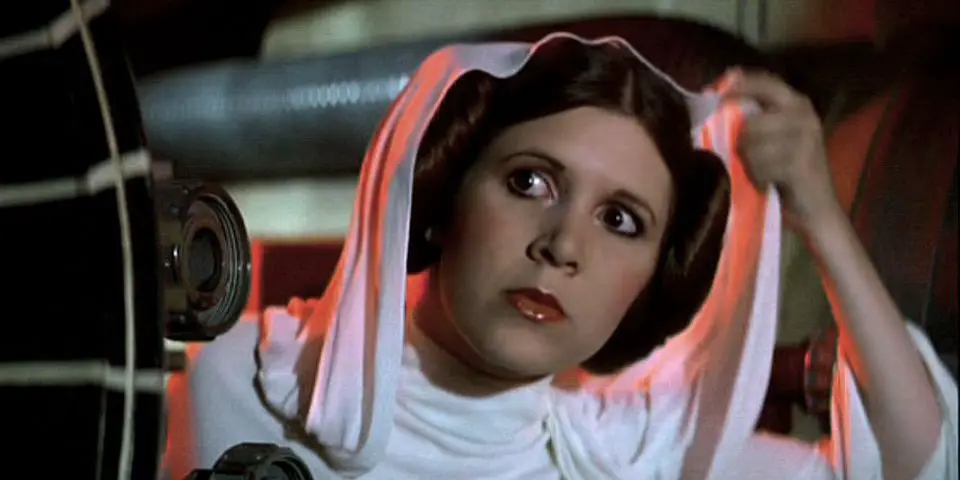
It was a controversial decision by Lucasfilm to include these characters, with many fans questioning why they bothered with such blatant CG when the characters could have easily been written around. It’s clear, though, that the contributors of “Rogue One” were confident in the work, as computerized Carrie Fisher and Peter Cushing get plenty of screen time and plenty of scrutiny. The film’s creators argue that these characters had to be in the movie, while many fans claim that their presence is distracting and unnecessary.
One thing is for certain, though: If a big blockbuster like “Rogue One” has the courage to include CGI actors, that signals a potential shift in the future of Hollywood. It’s entirely possible audiences will be seeing more of these CGI characters, some of them being deceased being actors, in the coming years. Here are a few ways this shift will affect the film industry, and why it could be incredibly cool (or incredibly scary) depending on how you look at it.
1. Deceased Actors Can Reprise Roles
Why it’s cool: Beloved actors of the past can now be seen in modern films as they once were. As seen in “Rogue One,” popular and crucial characters can be brought into any film to resolve plot holes, cater to fans and to enhance the world. The technology allows fans the ability to touch on nostalgia without necessarily desecrating the original memory.
It should also be noted that, for viewers not aware of an actor’s passing or crucial role in a previous film, the CG actors may be even more likely to pass off as real.
Why it’s scary: The idea of using technology to revive the dead is a little bit of a morbid sentiment, even if it’s in the interest of creating entertainment. It was an incredibly bizarre feeling to see a computer-generated and youthful Carrie Fisher on screen the night before she passed away of a heart attack.
Is it disrespectful to cast deceased talent, when their image is no longer under their control? Even with permissions granted by friends and family, it begs the question: What kind of rights do the dead truly possess of their own likeness? Is likeness, with the dawn of (nearly) photo-realistic CG, something that will need to be placed under higher scrutiny within copyright law? These are implications that are not only alarming, but pervasive and distracting when these characters are on screen.
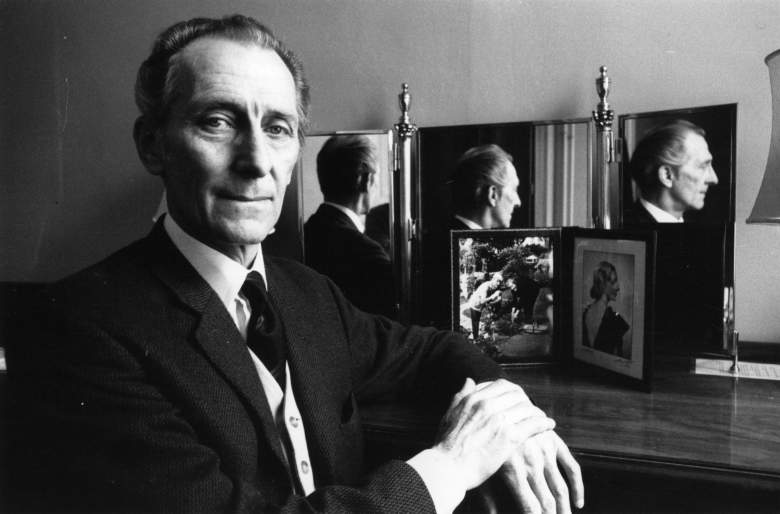
While previously noted that viewers unaware of an actor’s death may be more easily convinced, the same goes the other way. Audience members may likely realize that the person in front of them is computer animated, and spend the scene trying to figure out why the character isn’t real. Did the actor die? Why is this fake person among all these living people?
It can be incredibly obvious, particularly when the characters’ movements hardly resemble those of a real human being. The more the public willingly accepts these CG actors, the more Hollywood will justify using them, even if it means sacrificing immersion (and the very art of acting on film). Which leads me to my next point.
2. Eventually, Actors May Only Need to Do Motion Capture Work
Why it’s cool: The believability of these CG characters will likely become more convincing as time and technology progress. More realistic movements and facial-capturing software can transform many of the clay-like faces we see today into something a little less creepy. Even video games have seen a rise of more lifelike character animations.
If there comes a time where CG is indistinguishable from the real deal, there won’t be a need for a camera, lights or even a set. Actors will be able to perform their roles in any location, allowing films even more creative freedom and visual flexibility.
Why it’s scary: While there may be advantages from a technical standpoint, the screen-acting industry would likely suffer from such a shift in the medium. Would studios even need actors to reprise roles if they’ve already been scanned? Can one actor essentially don the face of another actor through the magic of motion capture work? Would there even be a point to an acting career, when Hollywood could easily animate their own actors and hire less expensive mo-cap artists to do the movements?
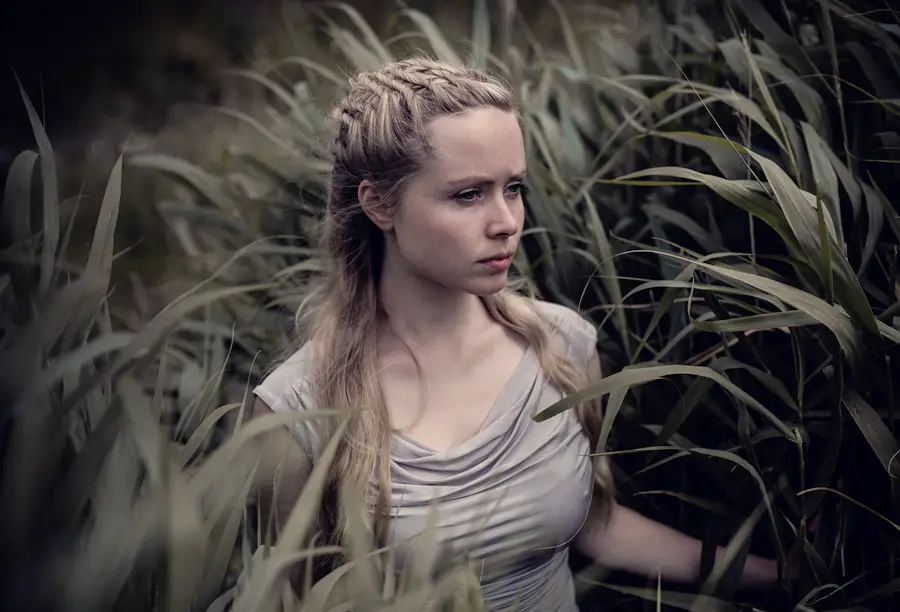
The art of acting on camera would be placed in jeopardy, and while there would always be motion capture work (barring some incredible advancement in manual animation), that would put a whole lot of dedicated artists out of work.
Holograms are bringing the likes of Michael Jackson back to live performances on stages, and now 3D renderings of beloved actors are finding their way onto the big screen. There’s still a fine line between what the audience accepts as real and what the audience knows is real – but how long will that last?
3. The Difference May Become Indistinguishable
Why it’s cool: Green screen movies are already pretty convincing (if a bit stylized), and further advancements in our ability to replicate life would certainly lead to some cool possibilities in the realm of storytelling.
There would be an almost limitless scope to what a writer can account for when penning a story, meaning budget, aside from some production cost, would be minimized. There could even come a time where software has become so streamlined that someone could make a AAA blockbuster in their apartment bedroom on a laptop.
The world is full of creative people yearning for a more accessible way to break into the industry, without, of course, sacrificing quality. It would be beautiful (and hilarious) to see what people can create with that kind of technology.
Why it’s scary: The sight of an almost-believable CG character is already a bit unsettling. It’s a sensation caused by what many call the Uncanny Valley. There comes a point where robots and animation become so lifelike that it disturbs the human mind. It calls into question our own mortality, the possibility of deception and other fears.
If you have at any point felt uncomfortable around an animatronic, it’s likely because we search for likeness in even what we know isn’t alive, perhaps finding comfort in its inanimation.
Lacking the ability to tell what is real and what is fake is paranoia-inducing stuff.
If films moved toward completely computer-animated sets and characters, the audience would likely be acutely aware of that fact, taking away a lot of the immersion live action allows for. However, an even more terrifying notion is that there may come so gradual a shift that the audience won’t notice. Films may start coming out without a hint of obvious CG. The movies might be just as fun, but the thought of being unable to differentiate between a living person and a computer-generated one is chilling.


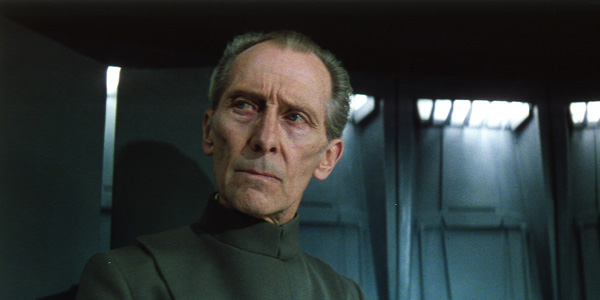



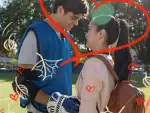
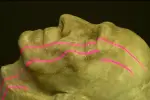









[…] Is it the beginning of the end for live actors? […]